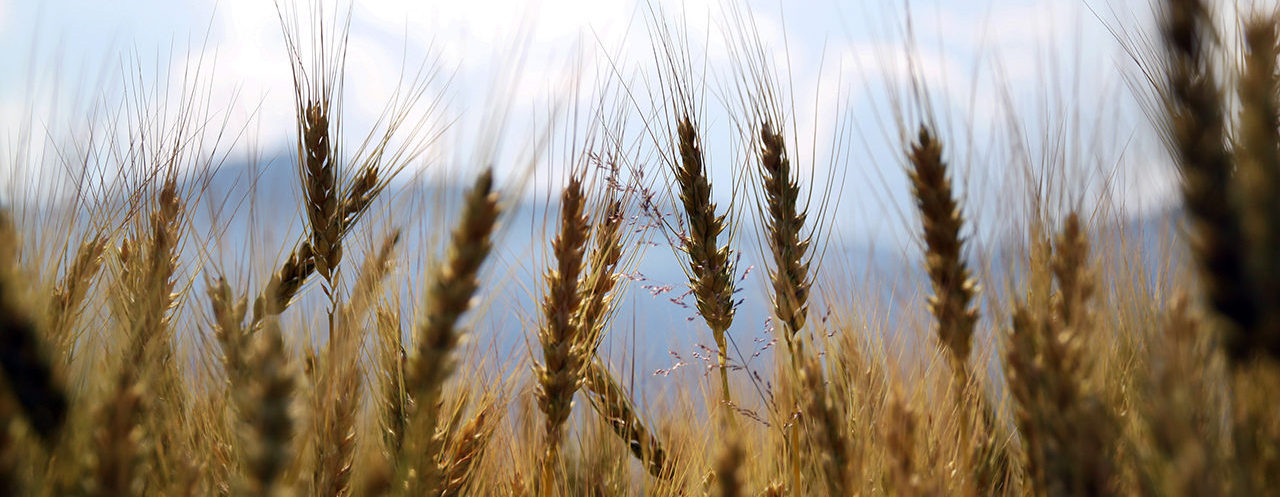 Deanna Lahre started her futures industry career in market surveillance at the Chicago Board of Trade (CBOT), where her work included investigating the controversial May 1977 soybean deliveries and March 1979 wheat deliveries as well as the Hunt brothers’ attempt to corner the silver market in 1979-80. A former member of both the CBOT and Kansas City Board of Trade, Deanna has held prestigious positions in both commercial and proprietary trading. She managed the wheat pit trade operations for Pillsbury and then co-founded Aardvark Financial, which was the predecessor to TransMarket Group. Deanna launched TransMarket’s grain trading operations, with Ray Cahnman heading the large financial and cash arb partnerships, and Bill Feldman managing business operations.
Deanna Lahre started her futures industry career in market surveillance at the Chicago Board of Trade (CBOT), where her work included investigating the controversial May 1977 soybean deliveries and March 1979 wheat deliveries as well as the Hunt brothers’ attempt to corner the silver market in 1979-80. A former member of both the CBOT and Kansas City Board of Trade, Deanna has held prestigious positions in both commercial and proprietary trading. She managed the wheat pit trade operations for Pillsbury and then co-founded Aardvark Financial, which was the predecessor to TransMarket Group. Deanna launched TransMarket’s grain trading operations, with Ray Cahnman heading the large financial and cash arb partnerships, and Bill Feldman managing business operations.
Deanna is currently focused on rolling out StatFutures, a firm she co-founded that’s dedicated to commodities market decision science and education. You can follow her on Twitter at @statFutures.
What are your top three requirements for a trading platform?
In my case, spread leg execution is the key. I must be able to trust the technology to execute during the entire session and in multiple commodities as it leans in to fill the trade. I only trade spreads and rarely have on a flat position. Not getting hung is important, and TT’s Autospreader® is great for this.
Second, accurate P&L and real-time margin visibility keep my capital structure well in hand and mind.
Finally, scenario analytics and API access are essential as I’m always exploring new ideas in the various wheat spreads and structures. Trading Technologies is on top of this and understands where the game is going.
Can you give us an example of how technology has changed your approach to something in life as much as it has changed trading?
Yes, I moved back to Kansas City in 2012 to try out the Google Fiber prototype gigabit network. The product is transformative to all phases of my life: trading, entertainment, finance, shopping and communication. I feel sorry (not really) for everyone on regular internet.
Twitter has allowed the distributed trader systems that we see today to thrive, very much like pit chatter, where we can tweet and share info with people all over the world. I have a small group of wheat traders that I speak with about the markets over Twitter all day long, just like I did in the pit. I’m obviously no longer in the pit, but thanks to Twitter, I can have those conversations digitally.
What advice would you like to share with anyone starting in trading today?
Get a mentor who has been around, and read and learn all you can about your market. Trading is not a hobby, so you must get all in or get out. Get proficient in one market and learn its ways, the fundamentals and the mechanics, then you can explore other commodities or stock groups. Focus is essential, especially early in your career. All I trade is wheat—I live it, read it, breathe it every day, and there are people like me in every commodity.
What is the next big thing in trading? Analytics? Virtual reality? Artificial intelligence? Something else?
It’s definitely AI and deep learning. Markets being open 18 hours a day begs for machine vigilance, memory and focus. Anything defined by rules can be coded effectively, plus computers don’t sleep or forget. After many years of trading wheat, I sense what the market “wants” to do. Coding that ability to sense the market will be the next big thing.
Do you have any particular trading-related projects you are working on now that you would like to share?
Yes. First, I’ve built a stat-based hedging program for grains, and it is going into a Champaign, IL-based precision agricultural group this year. Currently, I’m building a wheat spread structure program to respond to back option situations in all three markets. This program will sit on top of Autospreader within the TT platform. Finally, I’m architecting a farm succession financial system to assist ag bankers and farm families continue operations as the Baby Boomer generation gives way to the Millennials.
